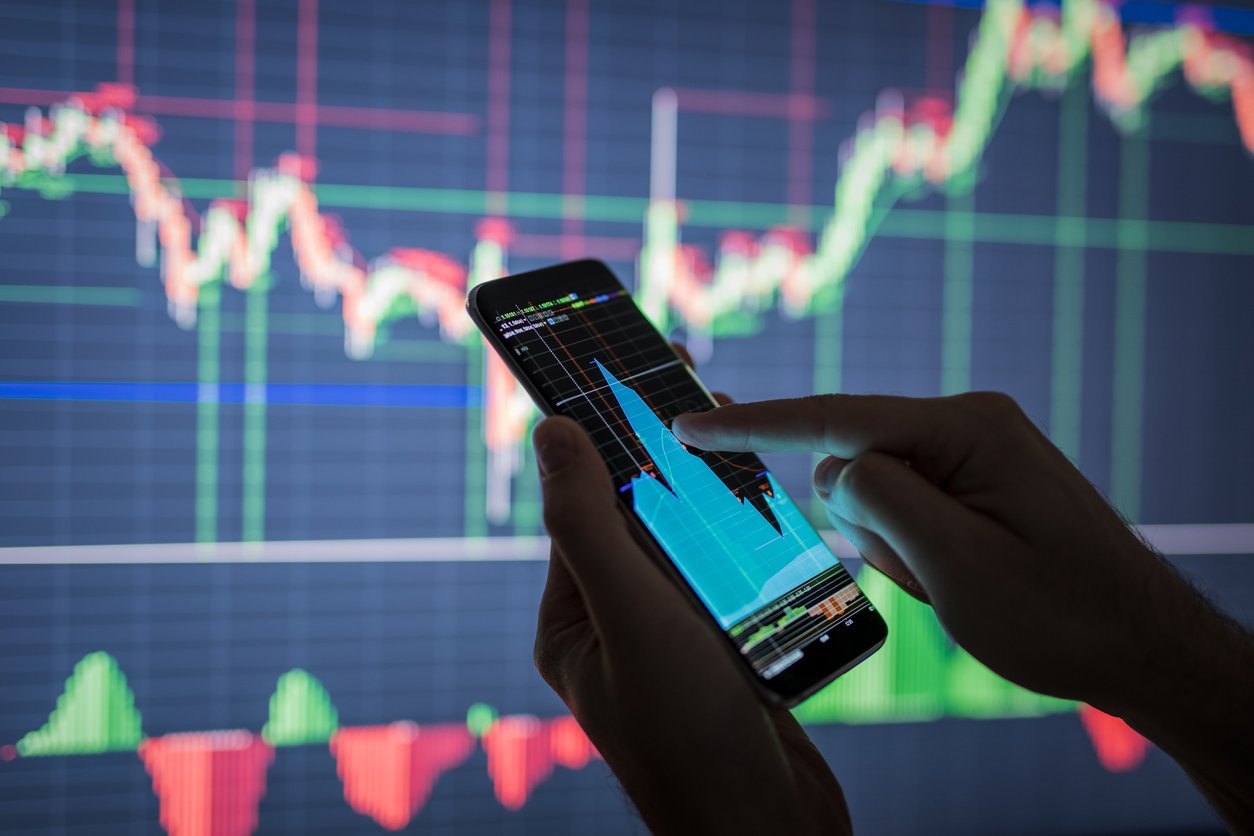There are several fundamental, market sentiment, and technical indicators that need utmost consideration before entering a trade. Once these technical indicators are used correctly, you can find it worth much more for beginners. Forex indicators should be able to let you create a more informed decision as to the type of trading strategy to you, best suited for your trading style.
Top Technical Indicators in Forex Trading
Several technical indicators are being used to make Forex trading signals. It can also be used in indicating the direction of a trend, other market characteristics, and levels of momentum. These indicators are derived from the market data such as the trading volumes, exchange rate, and open interest.
Trend Indicators
Trend indicators – are the ones that provide an idea as to the direction of the movement of a currency pair. Most of the time, they are superimposed into charts.
Moving Averages – this is a lagging forex indicator and can smoothen rate movements.
Bollinger Bands – this is a set of bands that are plotted with two standing up and also down out of the moving averages acting as volatility indicator and trend.
Williams Alligator Indicator – three sets of moving averages that are being arranged in different periods of time. This is also used to produce trading signals.
Parabolic Stop and Reverse (SAR) – indicating signals which are either drawn below or above. This is ideally used for market reversals.
Oscillators
It is usually shown in the indicator window located at the bottom of the MT4 charts. There are oscillators such as RSI, which are bound to move along with user-selected overbought areas or oversold areas. As for MACD, they don’t move like this.
Relative Strength Index (RSI) – it is a strength oscillator which works by comparing the size of the most recent gains compared to the losses happening over a particular period
Average Directional Movement Index (ADX) – it is a trend strength which is also a lagging indicator particularly uses negative and positive Directional Indicators (+DI and –DI).
Moving Average Convergence Divergence Oscillator (MACD) – it is a momentum oscillator that works by computing the difference of 2 moving averages. MACD fires signals on crosses or crossovers.
Williams Percent Range (%R) – it is a momentum indicator that utilizes an upside-down scale that identifies oversold and overbought levels.
Stochastics Oscillatory – it is a bounded momentum indicator responsible for comparing close exchange rate into the range for some time.
Momentum Oscillator – it is an unbounded indicator measuring the rate of change to help determine the trend strength of the market.
On Balance Volume – it is an unbounded indicator comparing the Forex trading volumes and being used to designate breakouts and reversals.
Fundamental Indicators
These indicators are being used in determining the health of the economy of a country.
- Central Bank Monetary Policy Decisions, Speeches, and Rate Statements
- Employment Numbers (Unemployment Rate, Payrolls, Unemployment Claims)
- Gross Domestic Product (GDP)
- Trade Balance
- Retail Sales
- Consumer and Producer Price Indexes (CPI and PPI)
- Purchasing Manager Index (PMI) and Consumer Confidence survey
Market Sentiment Indicators
- The commitment of Traders (COT) report
- Futures and Options Open Interest
- Trader Sentiment Surveys





